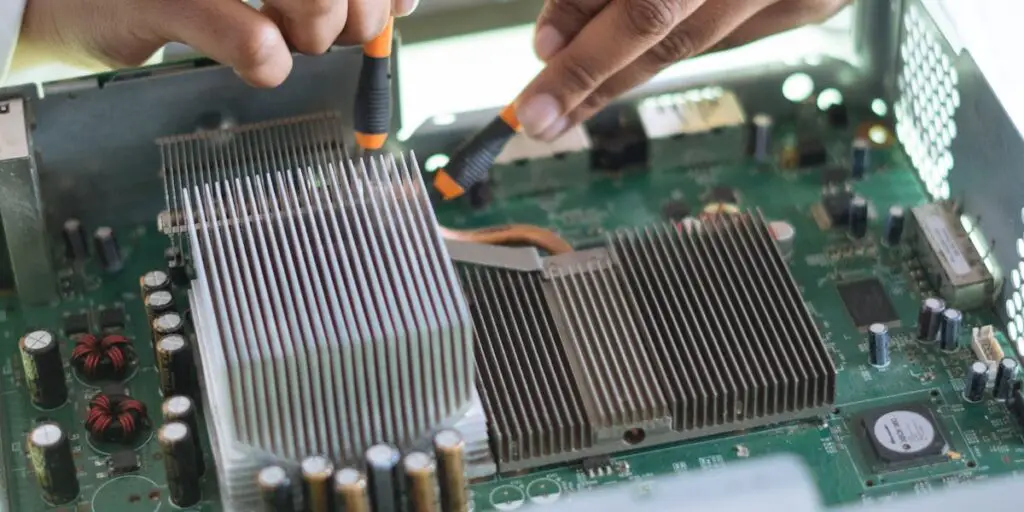Digital Electronics: Principles and Applications
Introduction
Digital electronics is a branch of electronics that deals with the manipulation of digital signals. It forms the backbone of modern computing and digital systems. This article explores the principles of digital electronics, including logic gates, binary numbers, and their applications in various technologies.
Binary Numbers
Binary numbers are the foundation of digital electronics. They use only two digits, 0 and 1, to represent all possible numbers. Each digit in a binary number is called a bit, and combinations of bits can represent larger numbers and more complex data.
Example:
The binary number 1010 represents the decimal number 10.
Logic Gates
Logic gates are the basic building blocks of digital circuits. They perform logical operations on one or more binary inputs to produce a single binary output. The most common logic gates are AND, OR, NOT, NAND, NOR, XOR, and XNOR.
AND Gate:
An AND gate outputs 1 only if all its inputs are 1. If any input is 0, the output is 0.
OR Gate:
An OR gate outputs 1 if at least one of its inputs is 1. If all inputs are 0, the output is 0.
NOT Gate:
A NOT gate inverts its input. If the input is 0, the output is 1, and vice versa.
Combinational Logic Circuits
Combinational logic circuits are composed of multiple logic gates to perform specific functions. They do not have memory and their output depends only on the current inputs.
Example:
A binary adder is a combinational logic circuit that adds two binary numbers and produces a sum and a carry output.
Sequential Logic Circuits
Sequential logic circuits, unlike combinational circuits, have memory. Their output depends on both the current inputs and the previous state. Flip-flops are the basic building blocks of sequential circuits.
Example:
A D flip-flop stores a single bit of data and changes its output based on the input and a clock signal.
Applications
Digital electronics has numerous applications in modern technology:
- Computers: The central processing unit (CPU) and memory of computers are based on digital electronics.
- Communication Systems: Digital signals are used in data transmission and processing in communication systems.
- Consumer Electronics: Devices like digital watches, calculators, and smartphones rely on digital circuits.
- Automotive Systems: Digital electronics control various functions in modern vehicles, such as engine management and infotainment systems.
Conclusion
Understanding the principles of digital electronics is essential for anyone interested in modern technology. From basic logic gates to complex digital systems, digital electronics play a crucial role in various applications, making it a fundamental field of study.
Read more in Hindi: डिजिटल इलेक्ट्रॉनिक्स: सिद्धांत और अनुप्रयोग




